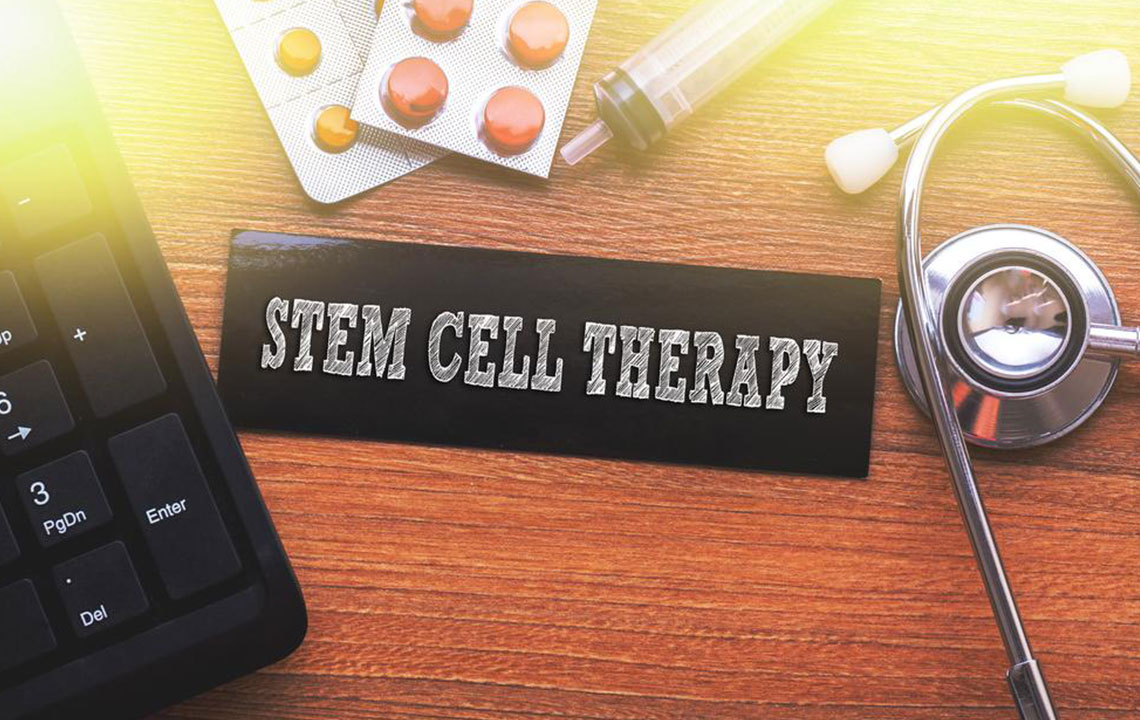Comprehensive Guide to Avascular Necrosis: Recognizing Symptoms and Exploring Treatment Strategies
This comprehensive article explores avascular necrosis (AVN), detailing its symptoms, causes, stages, and a wide range of treatment options. It emphasizes early diagnosis and modern regenerative therapies, providing valuable insights for patients and healthcare providers. The article underscores the importance of tailored interventions to prevent joint collapse and restore mobility, while also highlighting emerging treatments like stem cell therapy and PRP. Suitable for those seeking in-depth knowledge, this guide offers practical advice on managing AVN effectively with a focus on improving outcomes and quality of life.

Comprehensive Guide to Avascular Necrosis: Recognizing Symptoms and Exploring Treatment Strategies
Avascular necrosis (AVN), also widely known as osteonecrosis, is a condition characterized by the death of bone tissue caused by a disruption in the blood supply. This condition can develop gradually and, if left untreated, may lead to the weakening of bones, fractures, or even collapse of the affected joint. Understanding the underlying causes, early symptoms, and available treatments is vital for effective management and preventing severe complications.
Understanding the Causes and Risk Factors of AVN
The development of AVN is associated with various factors that impair blood flow to bones. Common causes include traumatic injuries such as fractures or dislocations, which can directly damage blood vessels supplying the bone. Medical conditions like corticosteroid use, excessive alcohol consumption, sickle cell disease, and certain autoimmune disorders are also linked to increased risk. Additionally, conditions like decompression sickness experienced by divers can precipitate AVN. The risk factors vary among individuals, but early detection remains crucial for better outcomes.
Recognizing the Symptoms of Avascular Necrosis
Symptoms of AVN can differ depending on the stage of the disease and the specific bone affected. Initially, many individuals may not notice significant symptoms, which makes early detection challenging. As the disease progresses, symptoms become more apparent and debilitating. Common signs include:
Persistent joint pain, especially during activity
Limited range of motion in the affected joint
Experiencing discomfort even at rest in some cases
Muscle weakness around the joint
Noticeable deterioration or deformation of the affected bone
Creaking, grinding, or popping sounds during movement
Understanding these symptoms can prompt early medical consultation which is critical for effective treatment. If left untreated, AVN can lead to joint collapse, severe pain, and permanent disability.
Stages of AVN and Corresponding Treatment Options
The management of AVN depends heavily on its stage. Identifying the disease early allows for less invasive procedures and a better prognosis. The disease generally progresses through various stages, from initial bone cell death to complete joint collapse. Treatment strategies must be tailored to each stage, considering patient-specific factors like age, overall health, and the extent of bone damage.
Early Stage (Stage 1 and 2) Treatment Strategies
In the initial stages of AVN, where bone collapse has not yet occurred, conservative approaches often suffice. These include physical therapy to improve joint stability and strength, medications to manage pain and inflammation, and activity modifications to reduce joint stress. Use of supportive devices such as braces, crutches, or canes can help offload the affected area, promoting patient comfort and stability. Additionally, medications like bisphosphonates may be prescribed to slow down bone deterioration.
Advanced Stage (Stage 3 and 4) Treatment Modalities
As AVN advances, more aggressive treatments become necessary. These include surgical interventions designed to halt disease progression, repair bone damage, or replace the damaged joint entirely. The main surgical options include:
Core Decompression: This minimally invasive procedure involves removing a core of affected bone to relieve pressure, stimulate blood flow, and promote healing. It is most effective in early cases before significant bone collapse.
Bone Grafting: When bone loss is considerable, transplanting healthy bone tissue can facilitate regenerative processes and provide structural support. Bone grafts are often combined with core decompression to enhance treatment effectiveness.
Joint Replacement (Arthroplasty): For joints severely damaged or collapsed, total joint replacement becomes necessary. Artificial prostheses made from durable metal, plastic, or ceramic components restore function and reduce pain.
Other Surgical Techniques: Procedures like osteotomy (cutting and realigning bones) and extracorporeal shock wave therapy (ESWT) can help stimulate healing and realign affected bones. Electrical stimulation therapy is also explored as an experimental approach to enhance blood flow and tissue regeneration.
Emerging and Innovative Treatments for AVN
The field of AVN treatment is continuously evolving. Emerging therapies such as stem cell therapy and platelet-rich plasma (PRP) injections are gaining significant attention. These regenerative medicine techniques aim to promote tissue regeneration, enhance vascularization, and restore bone integrity.
Stem Cell Therapy: This involves harvesting stem cells from the patient or donor tissue, then injecting them into the affected area to stimulate new bone and tissue growth. Early studies suggest promising results in slowing disease progression and promoting healing.
Platelet-Rich Plasma (PRP): PRP therapy uses concentrated platelets from the patient’s blood to deliver growth factors directly to the damaged bone and surrounding tissue, encouraging repair and regeneration. This minimally invasive procedure is often combined with other surgical techniques.
Complementary and Alternative Therapies
Beyond conventional medicine, some patients explore complementary therapies to manage symptoms or improve overall well-being. These include chiropractic care, herbal remedies, nutritional supplements, acupuncture, and physical therapies such as massage. Practices like yoga and Tai Chi help enhance flexibility, reduce stress, and promote better circulation, which may support recovery.
It is essential to consult healthcare professionals before trying alternative therapies to ensure they are safe and compatible with conventional treatment. Combining traditional and complementary approaches can sometimes optimize outcomes.
In conclusion, early diagnosis, personalized treatment plans, and ongoing advancements in regenerative medicine are transforming the management of AVN. Patients should seek prompt medical advice if AVN symptoms are suspected to prevent joint destruction, maintain mobility, and improve quality of life.




